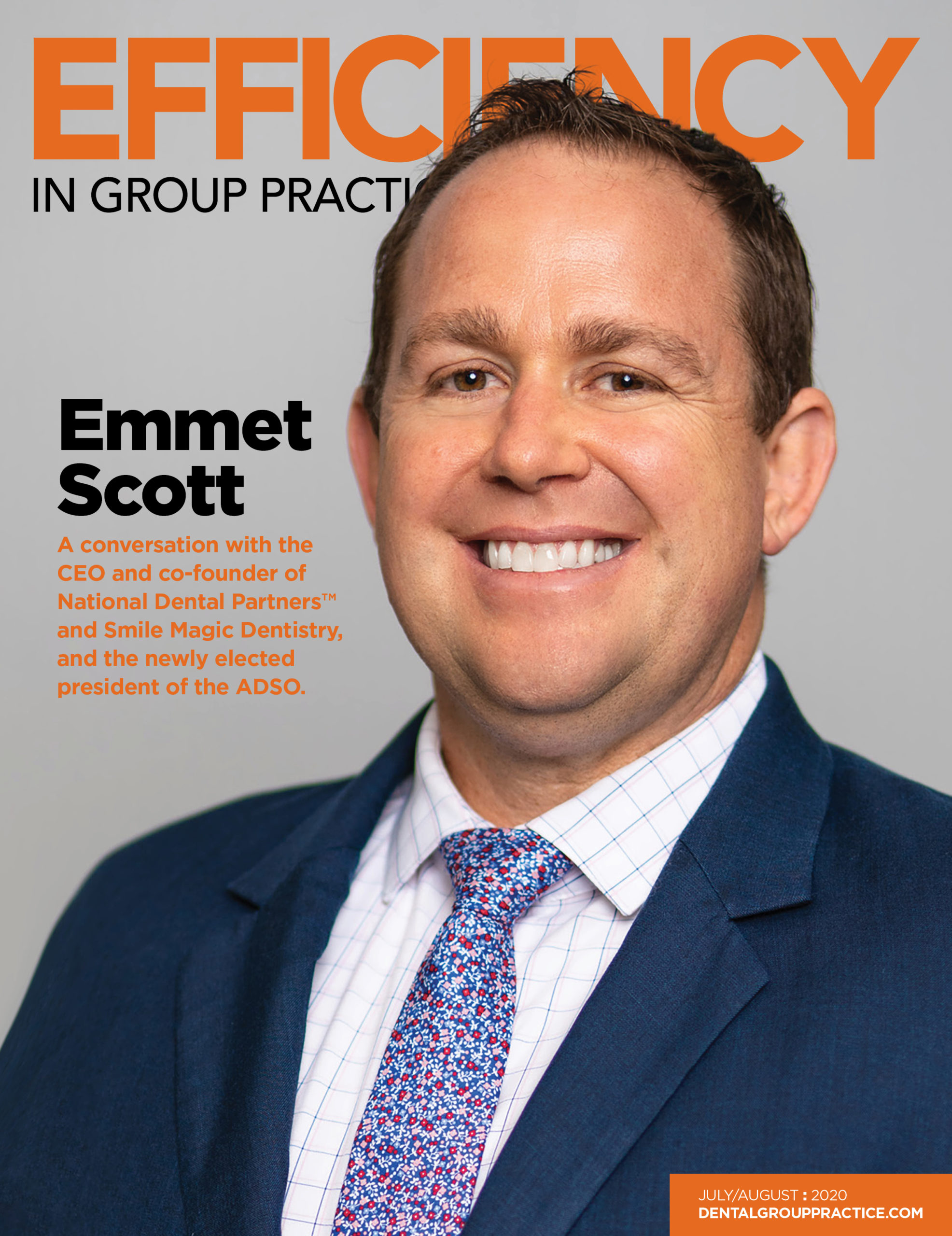Transform Your Workforce by Integrating Strategic Recruitment and Retention Practices
By Jonathan Bonanno, PH.D. Candidate, MSM, CTOC, CSBR | Chief Executive Officer & Industrial/Organizational Psychologist, ZIA
In today’s competitive business landscape, the success of an organization hinges on its ability to attract and retain top talent. However, the journey does not end with recruitment. To fully leverage the potential of their employees, companies must integrate talent acquisition with talent optimization. This comprehensive approach ensures that the right individuals are hired and that they are effectively engaged, developed, and retained.
The Foundation: Talent Acquisition
Talent acquisition is the strategic process of identifying and recruiting suitable candidates to fill positions within an organization. Unlike simple recruitment, talent acquisition encompasses long-term workforce planning and development. Effective talent acquisition requires a deep understanding of the organization’s needs, clear role definitions, and sourcing candidates who not only possess the necessary skills but also fit the company culture (Cappelli, 2008)1. A robust talent acquisition strategy involves several key components:
1. Employer Branding: Establishing a strong employer brand that attracts high-quality candidates by showcasing the company’s culture, values, and benefits.
2. Targeted Recruitment Marketing: Utilizing various channels, such as social media, job boards, and recruitment agencies, to reach potential candidates.
3. Efficient Selection Processes: Implementing thorough screening and interview procedures to identify candidates who align with both the technical requirements and cultural fit of the organization (Phillips & Gully, 2015)2.
Successful talent acquisition not only fills immediate vacancies but also builds a talent pipeline for future needs. This proactive approach reduces the time and cost associated with hiring and ensures a steady supply of qualified candidates.
The Next Step: Talent Optimization
Once the right talent is acquired, the focus shifts to talent optimization. Talent optimization involves aligning people strategies with business goals to ensure that employees are engaged, productive, and motivated to perform at their best. Key areas of talent optimization include:
1. Onboarding: Effective onboarding helps new hires integrate smoothly into the organization, increasing retention and accelerating time-to-productivity (Bauer, 2010)3.
2. Employee Development: Providing continuous learning and development opportunities to keep employees engaged. This includes training programs, mentorship, and career advancement opportunities (Noe, 2017)4.
3. Performance Management: Regular feedback and performance reviews help employees understand their strengths and areas for improvement, fostering a culture of continuous improvement (Aguinis, 2019)5.
4. Employee Engagement: Engaged employees are more productive and committed to the organization’s success. Enhancing engagement involves recognizing and rewarding achievements, promoting work-life balance, and ensuring open communication (Robinson, Perryman, & Hayday, 2004)6.
5. Retention Strategies: Retaining top talent is as crucial as acquiring it. Effective retention strategies include competitive compensation, benefits packages, and creating a positive work environment (Allen, Bryant, & Vardaman, 2010)7.
The Synergy Between Talent Acquisition and Talent Optimization
Integrating talent acquisition with talent optimization creates a seamless experience for employees from their first day on the job. This synergy ensures that investments in acquiring top talent translate into sustained performance and organizational success.
1. Aligned Goals: Aligning talent acquisition and optimization efforts ensures the organization attracts candidates who are a good fit for current needs and have potential for future growth, building a resilient and adaptable workforce (Cappelli, 2008).
2. Consistent Experience: Providing a consistent and positive experience from recruitment through onboarding and beyond increases employee satisfaction and loyalty, encouraging long-term retention (Bauer, 2010).
3. Data-Driven Decisions: Utilizing data and analytics in both talent acquisition and optimization offers insights into employee performance, engagement, and retention, aiding in informed decision-making and continuous process improvement (Phillips & Gully, 2015).
4. Cultural Fit: Ensuring cultural fit during hiring and reinforcing it through ongoing engagement and development initiatives creates a cohesive work environment where employees thrive (Noe, 2017).
5. Leadership Development: Integrating talent acquisition and optimization helps identify and develop future leaders within the organization, building a strong leadership pipeline (Aguinis, 2019).
Practical Steps for Integration
To effectively integrate talent acquisition and talent optimization, organizations can take the following practical steps:
1. Collaborative Planning: HR and leadership teams should collaborate to develop comprehensive strategies covering both acquisition and optimization.
2. Continuous Feedback Loop: Establish mechanisms for continuous feedback and improvement across all stages of the employee lifecycle.
3. Investment in Technology: Leverage technology and HR analytics to streamline processes and gain valuable insights.
4. Employee-Centric Approach: Focus on creating a positive and supportive environment that prioritizes employee well-being and growth.
Implementing these steps allows organizations the opportunity to create more sustainable workforces to drive long-term success.
Conclusion
In closing, the integration of talent acquisition and talent optimization is essential for building a thriving workforce. When we prioritize strategically acquiring top talent and continuously optimizing their experience, organizations can enhance performance, engagement, and retention. This holistic approach benefits employees and drives organizational success in today’s competitive landscape.
Jonathan Bonanno is a pioneering figure in recruitment process outsourcing (RPO) solutions for dental service organizations and emerging groups. With over a decade of experience in healthcare and on the verge of completing a doctoral degree in Industrial/Organizational Psychology, Jonathan is committed to improving workforce performance and driving organizational success. Jonathan’s mission is to empower healthcare professionals to build resilient, high-performing, and psychologically safe teams. His insights on talent optimization and team dynamics promise to inspire and transform the approach of industry leaders.
References:
- Cappelli, P. (2008). Talent management for the twenty-first century. Harvard Business Review, 86(3), 74-81. ↩︎
- Phillips, J. M., & Gully, S. M. (2015). Strategic staffing (3rd ed.). Pearson. ↩︎
- Bauer, T. N. (2010). Onboarding new employees: Maximizing success. SHRM Foundation’s Effective Practice Guideline Series. ↩︎
- Noe, R. A. (2017). Employee training and development (7th ed.). McGraw-Hill Education. ↩︎
- Aguinis, H. (2019). Performance management for dummies. Wiley. ↩︎
- Robinson, D., Perryman, S., & Hayday, S. (2004). The drivers of employee engagement. Report 408, Institute for Employment Studies. ↩︎
- Allen, D. G., Bryant, P. C., & Vardaman, J. M. (2010). Retaining talent: Replacing misconceptions with evidence-based strategies. Academy of Management Perspectives, 24(2), 48-64. ↩︎






